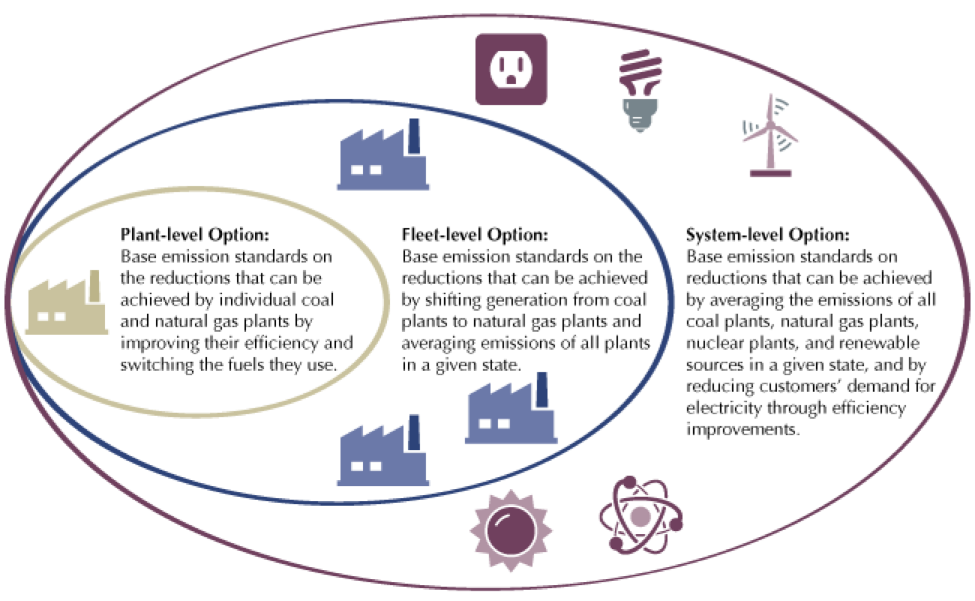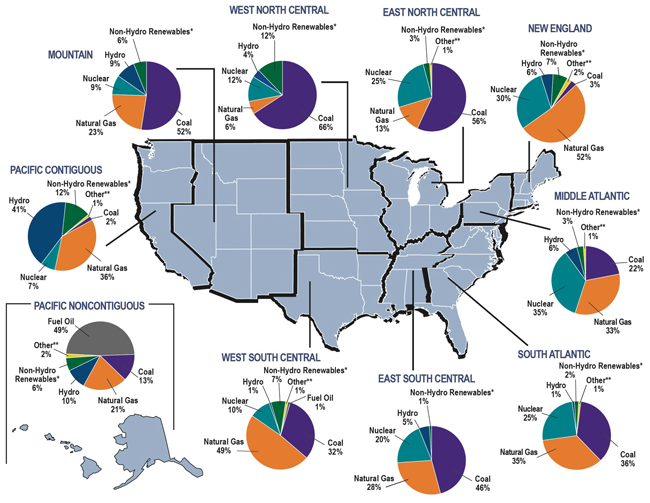On June 2, the Environmental Protection Agency (EPA) is expected to release its proposal to cut carbon dioxide (CO2) emissions from existing power plants. This proposal is a key element of President Obama’s Climate Action Plan, and will be critical to reducing U.S emissions of CO2, the most common greenhouse gas contributing to climate change.
The proposed rule, being developed under EPA’s authority under Section 111(d) of the Clean Air Act, could be groundbreaking for at least two reasons. First, it has the potential to drive major reductions in the highest emitting sector in the United States – the power sector – which is responsible for nearly 40 percent of U.S. carbon emissions. Second, EPA has indicated that the proposal will include a number of novel policy provisions to advance low-emitting generation and energy efficiency.
At C2ES, we’ll be looking for answers to four key questions as we read through EPA’s proposal. These questions are expanded upon in our new brief, Carbon Pollution Standards for Existing Power Plants: Key Challenges.
1.Will the standard be based on emission reductions outside of the power plant fence line?
Traditionally, EPA emission standards are based on what is achievable within the fence line of the emission source. Unfortunately, there are limited opportunities to reduce power plant CO2 emissions through plant improvements, and modifying coal-burning plants to use gas or biomass can be expensive. This leaves outside-the-fence-line measures, such as reducing electricity demand and shifting electricity generation from coal plants to gas plants, as possible ways to achieve meaningful cuts. A few of EPA’s major options are illustrated in Figure 1.


